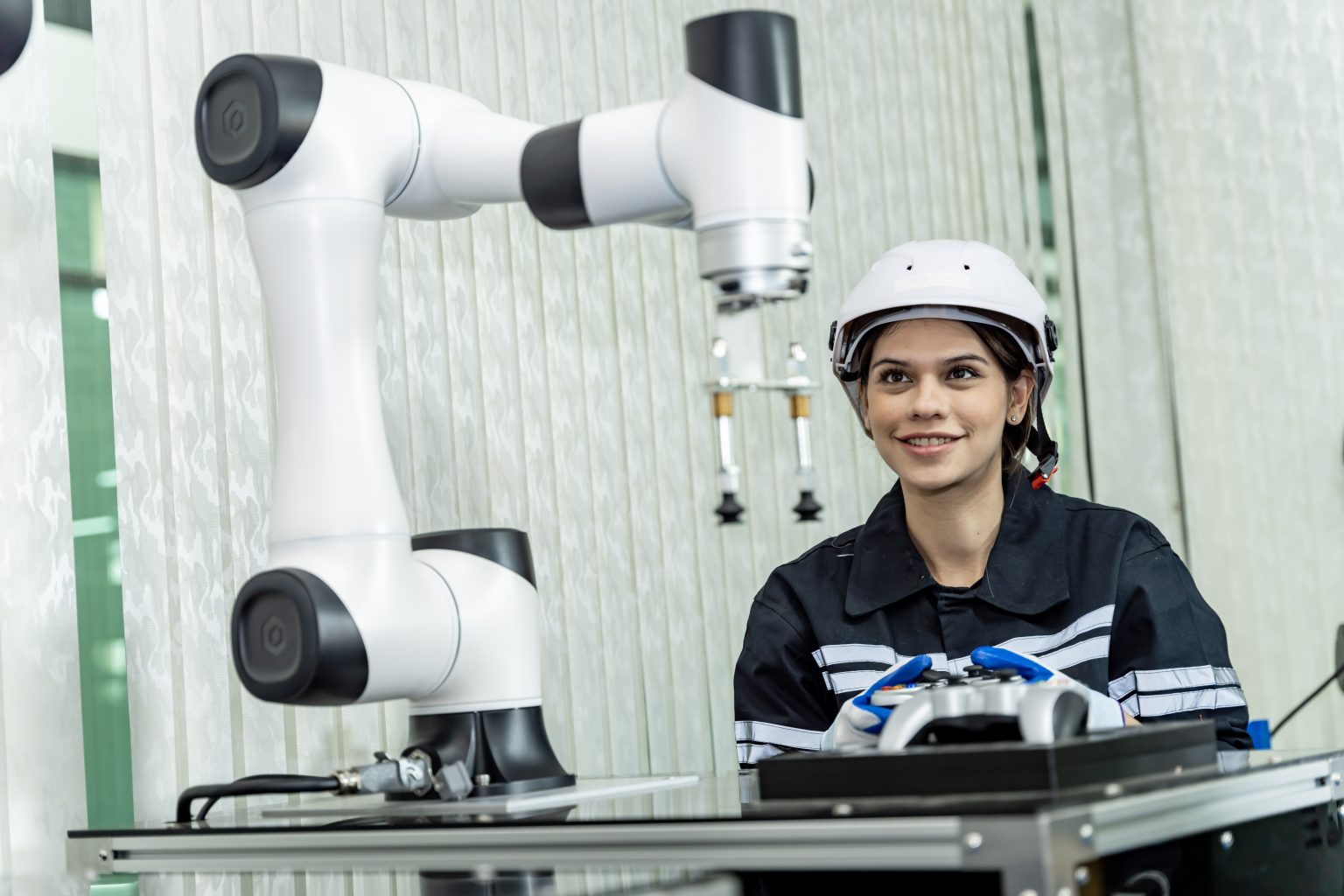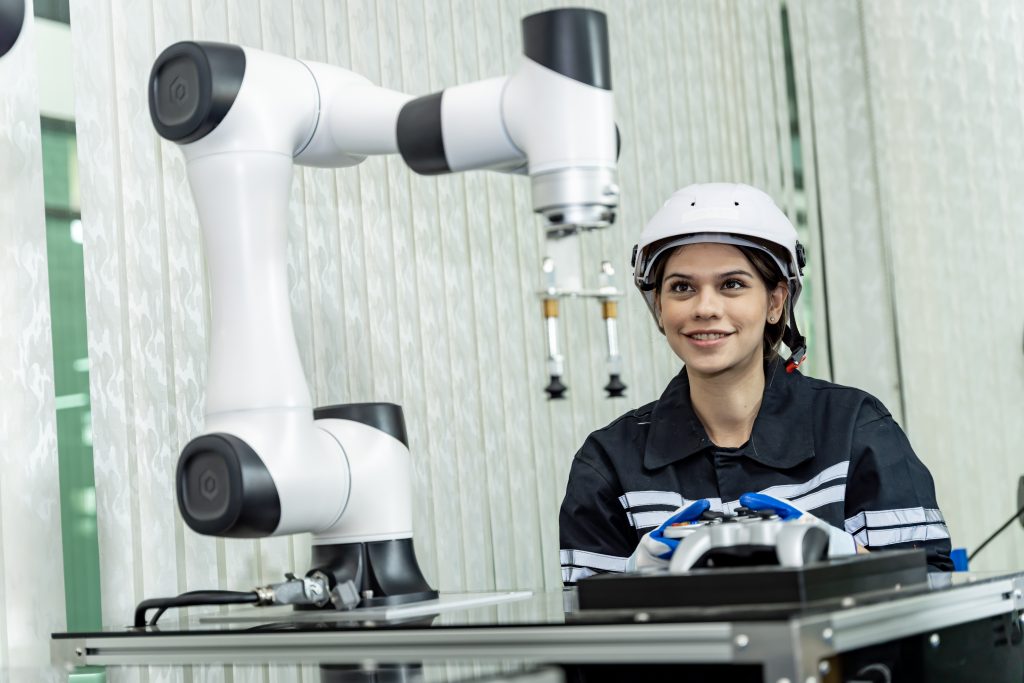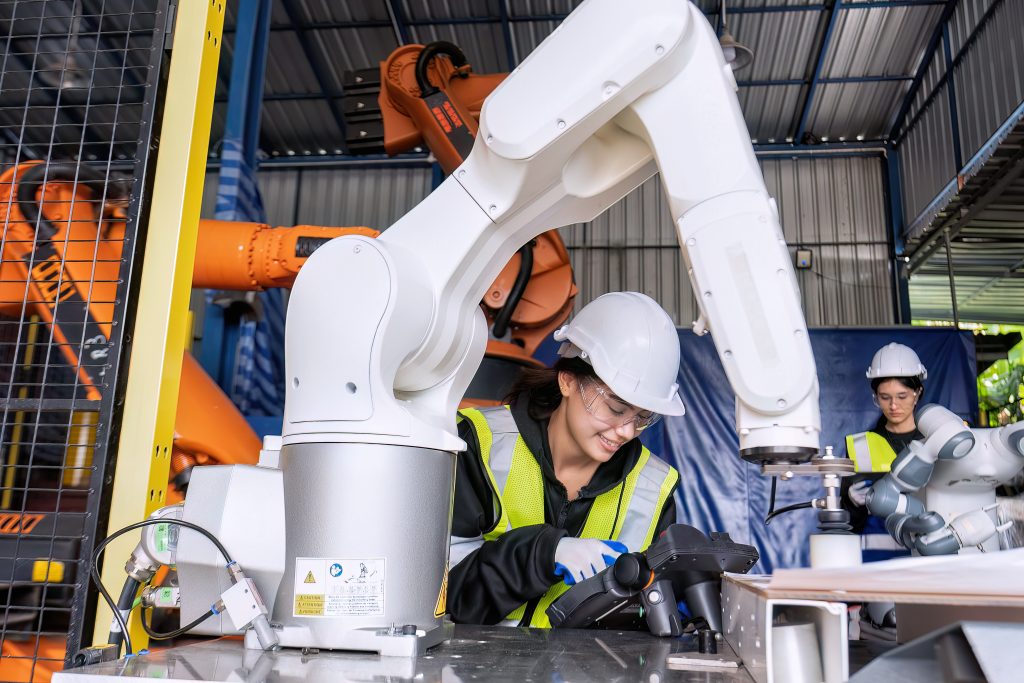In today’s competitive landscape, manufacturers and logistics companies are under pressure to increase productivity while reducing labor costs and error rates. That’s where automation—and more specifically, pick and place cobots—can make a significant impact. These collaborative robots are designed to work alongside humans, automating repetitive tasks with speed, accuracy, and minimal programming effort.
Whether you’re assembling circuit boards, packaging items, or conducting quality checks, a pick and place cobot offers a scalable, cost-effective solution tailored for modern industries. This guide will help you understand how to evaluate and select the right cobot for your business needs.
What is a Pick and Place Cobot?
A pick and place cobot is a type of collaborative robot specifically designed to automate the repetitive action of picking up items from one location and placing them in another. Unlike traditional industrial robots that require safety cages and complex programming, cobots are built to safely interact with humans and adapt easily to dynamic work environments. They are increasingly deployed in industries that demand speed, precision, and flexibility, making them a cornerstone of modern automation strategies.
These robots are equipped with robotic arms and end-effectors (like suction cups or grippers), and often integrated with machine vision systems to identify, track, and adjust to objects of varying sizes and positions. Their compact footprint, intuitive programming interfaces, and seamless integration with other equipment make them ideal for small and medium-sized enterprises as well as large-scale factories.
Typical use cases for pick and place cobots include:
- Assembly: Handling and positioning components with high precision, especially in electronics or automotive production.
- Packaging: Automating the packing of products into boxes, trays, or containers, improving speed and reducing manual errors.
- Bin Picking: Selecting items from unordered bins using vision-guided systems, ideal for logistics and warehouse operations.
- Quality Control: Performing inspection tasks by handling items and positioning them under cameras or sensors for defect detection.
By simplifying complex tasks and ensuring consistency, pick and place cobots support higher efficiency and productivity across industries.
Advantages of Pick and Place Cobots
Here are some of the key advantages pick and place cobots bring to industrial automation:
Higher Throughput
Pick and place cobots significantly increase production throughput by automating repetitive manual tasks. Their ability to operate continuously without fatigue ensures faster cycle times and greater consistency in task execution. Businesses benefit from shorter lead times, smoother workflows, and the ability to meet rising customer demands without overextending the workforce.
Improved Precision
Cobots are engineered for high accuracy and repeatability, which minimizes product damage and ensures quality handling. This is especially valuable in sectors like electronics and medical device manufacturing, where even minor deviations can result in product failure. Integrated vision systems further enhance precision by enabling cobots to detect object position, orientation, and irregularities.
Reduced Labor Costs
By automating repetitive and low-skill tasks, pick and place cobots reduce the dependency on manual labor. This not only cuts operational costs but also addresses labor shortages in industries struggling to hire for physically demanding roles. Cobots do not replace workers—they complement them, allowing human staff to focus on higher-value responsibilities such as supervision, maintenance, and quality control.
These combined advantages make pick and place cobots a smart investment for companies seeking scalable automation, enhanced quality, and a competitive edge in today’s industrial environment.
Key Factors to Consider When Evaluating Pick and Place Cobots
Selecting the right pick and place cobot requires a detailed evaluation of your operational needs and technical requirements. Below are the key factors business leaders should prioritize when choosing a cobot solution.
Speed
Speed plays a critical role in determining the overall efficiency of your automation process. Evaluate how many pick-and-place cycles the cobot can perform per minute and whether it can sustain that rate under real working conditions. Faster operations translate to higher throughput and reduced downtime.
Payload Capacity
Ensure the cobot can handle the weight and size of your products without compromising performance. Overloading a robot can lead to mechanical failure, inaccurate placement, and reduced lifespan. Cobot models vary widely in payload capacities—from a few kilograms to over 30 kilograms—so match the specs to your application.
Accuracy & Repeatability
Look for cobots that offer high levels of repeatability (often measured in millimeters). Consistent positioning is essential, especially in precision-sensitive industries like electronics or pharmaceuticals, where accuracy directly impacts quality and compliance.
Ease of Programming & Integration
Modern cobots are designed for ease of use. Prioritize systems that offer intuitive drag-and-drop interfaces, minimal coding requirements, and compatibility with your existing machinery, conveyor belts, or ERP systems.
Vision System
Advanced cobots often include integrated vision systems that allow them to recognize object orientation, detect defects, and adapt to unstructured environments. This capability expands their use in bin picking, sorting, and quality control tasks.
Industry Use Cases for Pick and Place Cobots
Pick and place cobots are transforming workflows across a wide range of sectors. Their versatility, precision, and ease of integration make them ideal for automating high-volume, repetitive tasks in complex environments.
Electronics Manufacturing
In electronics, cobots are used to handle delicate components like microchips, circuit boards, and wiring assemblies. Their ability to operate with extreme precision helps reduce product defects and streamline assembly lines. Integrated vision systems enable them to recognize small, intricately shaped items and place them with sub-millimeter accuracy, even under high-speed conditions.
E-commerce & Logistics
Fulfillment centers rely heavily on pick and place cobots for sorting, picking, and packaging orders. With the rise of multi-SKU inventory, cobots excel at handling a wide variety of products without the need for constant reprogramming. Their ability to operate around the clock improves delivery speed and warehouse efficiency—essential for meeting consumer expectations in the digital age.
Automotive Industry
Cobots assist in the assembly and inspection of vehicle components, such as fasteners, seals, and electrical parts. Their consistent performance reduces the likelihood of production errors, while their collaborative nature allows them to work safely alongside human technicians on the factory floor.
V1A089EN TM AI Cobot – Case Study Volkswagen
Food & Beverage
Maintaining hygiene while improving packaging speed is critical in food production. Pick and place cobots are designed with food-grade materials and easily cleanable surfaces. They automate tasks such as sorting, boxing, and palletizing without compromising sanitation standards.
Ready to Automate with Confidence?
Choosing the right pick and place robot can redefine your production efficiency, labor allocation, and operational precision. Whether you’re in electronics, logistics, automotive, or food processing, a well-selected cobot will streamline repetitive tasks while supporting scalability and quality. Don’t navigate this decision alone—our experts are here to help you evaluate your needs and recommend the ideal solution for your environment. Contact our expert team today to explore the best-fit cobot for your business.



